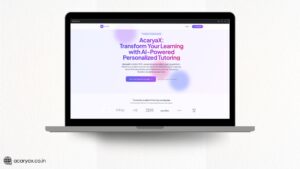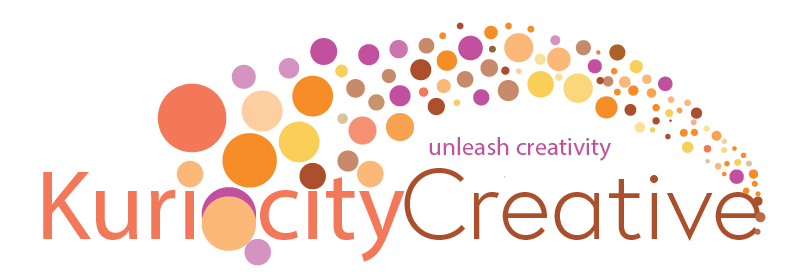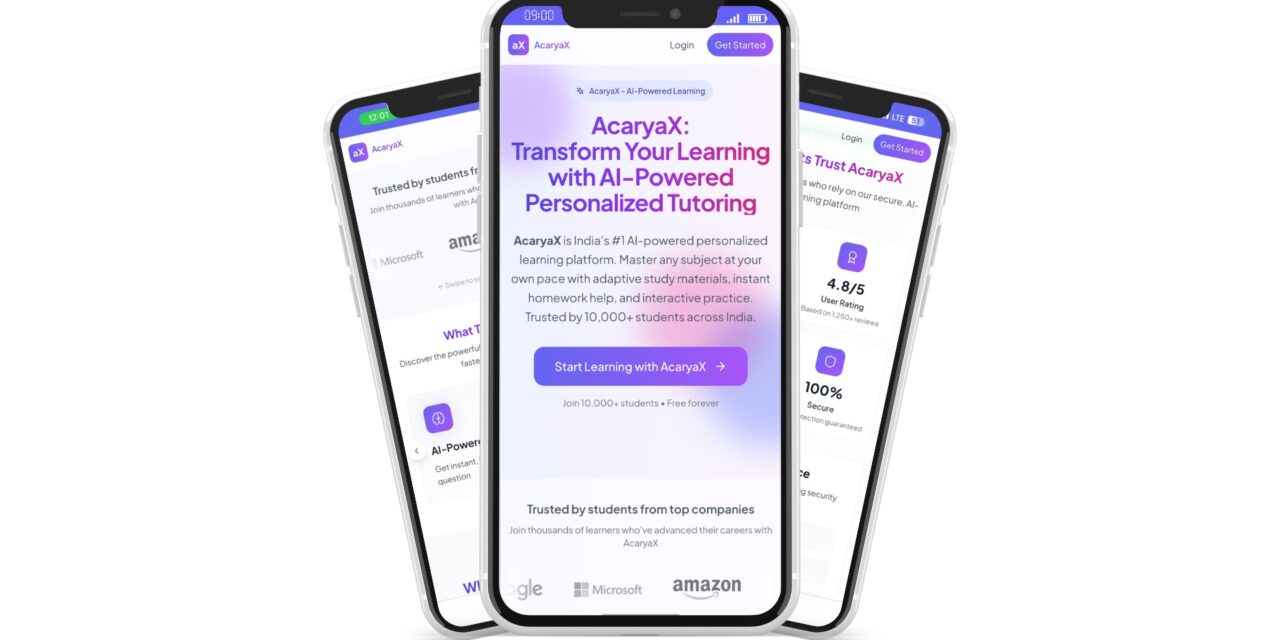With AcaryaX, Vaibhav Naik is turning AI into a tool for free and inclusive education in local languages
RAMANDEEP KAUR | NT KURIOCITY
To make education more inclusive, Vaibhav Vithuray Naik, a freelance cameraman and video editor from Margao, has developed AcaryaX, a free AI-powered web app that brings multilingual learning to students across Goa.
Currently working with a Delhi-based production firm, Naik’s professional background lies in creative media. He holds a diploma in 3D Media and Multimedia and a bachelor’s degree in 3D Media and Virtual Reality. But his curiosity and passion for coding led him to teach himself using books and YouTube tutorials.
The idea for AcaryaX, a web-based educational chatbot powered by artificial intelligence, took shape in 2023, during the early wave of the AI boom. As Naik experimented with large language models, he noticed that most digital educational content was overwhelmingly English-centric. “Even though English literacy is higher in Goa compared to other states, many students still struggle with academic jargon,” he explains. “I wanted to build a system where students could learn in a way that feels natural and familiar.”

The name AcaryaX comes from the Sanskrit word ‘acarya’ (teacher or mentor), while the ‘X’ signifies a new era of AI-driven learning.
The chatbot simplifies concepts across subjects like Science, Mathematics, History, English, Philosophy, and Business Studies. It also supports exam preparation for UPSC, JEE, NEET, SAT, and GRE. What sets it apart, Naik says, is its multilingual capability, supporting Konkani, Hindi, Marathi, and other regional languages currently in development.
“Developing AI in regional languages comes with challenges, like lack of standardised datasets and linguistic diversity,” says Naik. To overcome this, he manually translated content, gathered material from local textbooks, and collaborated with educators, especially Konkani teachers, to validate and fine-tune responses.
But AcaryaX goes beyond simple translation. “We explain things the way a good teacher would, step by step, using relatable examples,” he says. In Konkani, for instance, the platform uses familiar references from the local environment. The tone, vocabulary, and illustrations shift depending on the selected language, making learning feel personal and culturally rooted. “We want students to feel like the app speaks their language, not just in words, but in how they think and live.”
Naik believes that students gain deeper understanding and confidence when they learn in the language they use at home. “By using regional languages, AcaryaX also helps preserve them,” he adds.
Among the platform’s features is Storytelling Mode, which turns lessons into engaging narratives. A topic like photosynthesis, for example, might be taught as a conversation between sunlight and a leaf. “Students retain more when ideas are told like stories,” says Naik.

Another tool, Career Guidance, offers personalised suggestions based on a student’s interests and academic level, whether it’s environmental science or creative writing. “I saw how many of my classmates lacked clarity about their future. The idea is to broaden their perspective beyond just engineering or medicine.”
And recognising the importance of emotional well-being in learning, Naik introduced Mind Check, a feature that prompts students to reflect on how they’re feeling and offers motivational messages or study tips. “If a student is anxious or demotivated, they’re not in the right state to learn. This is a small way to support them.”
To ensure content accuracy and cultural relevance, Naik collaborated closely with local teachers. “It’s a mix of AI-generated and human-curated content based on official textbooks and local syllabi,” he explains. A built-in feedback system also flags confusing or incorrect responses for review and correction.
Accessibility is central to the platform’s design. AcaryaX is optimised to run smoothly on low-bandwidth connections and older smartphones, conditions common in rural Goa and other parts of India.
The platform’s AI engine continues to improve by analysing student interactions and adapting explanations to suit different learning styles. “The idea is to build something that becomes smarter the more it’s used,” says Naik.
So far, AcaryaX has been a one-man, self-funded effort. Naik insists on keeping it free. “The moment you add a price tag, you lose the very people you’re trying to reach.”
He’s now seeking partnerships with schools, NGOs, and the government to bring the platform into classrooms. “We’re not here to replace teachers, we’re here to support them,” he says. In large or understaffed classrooms, he believes AI can offer an extra layer of guidance.
Looking ahead, Naik plans to launch a mobile app with features like voice input, offline access, and interactive AI avatars for real-time tutoring. He also hopes to expand language support to Kannada, Tamil, Bengali, and more. “The dream is to make this available to every student in India, in a language they understand.”
Learning made light and local
Focus on accessibility has earned AcaryaX praise from students and families in under-resourced areas. “It works on my old phone without lag and it explains topics I didn’t get in school,” says a Class 10 student from Quepem. A parent from Ponda adds, “My daughter finds it easier to remember science concepts now. She loves the storytelling mode.”
Students also describe it as having a tutor on-call at all times. “I use it before tests when I get stuck. It doesn’t make me feel dumb,” says a student preparing for NEET. Teachers say the app helps students revise independently and show more confidence in class.










